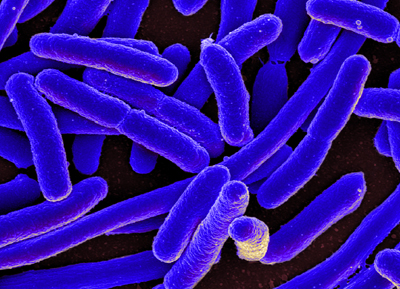Molecules activated by light to control glutamate receptors
 Researchers at IBEC, IQAC-CSIC and CNRS have developed molecules that can modulate the activity of glutamate receptors in the central nervous system, with important applications in biomedicine.
Researchers at IBEC, IQAC-CSIC and CNRS have developed molecules that can modulate the activity of glutamate receptors in the central nervous system, with important applications in biomedicine.
For the last few years the collaborators have been working on the development of molecules called targeted covalent photoswitches (TCPs), whose structure can be changed using light. This change in shape causes the molecule to be recognized – or not – by a biological receptor as a key is to a lock. This coupling activates the receptor or not, triggering the activity.


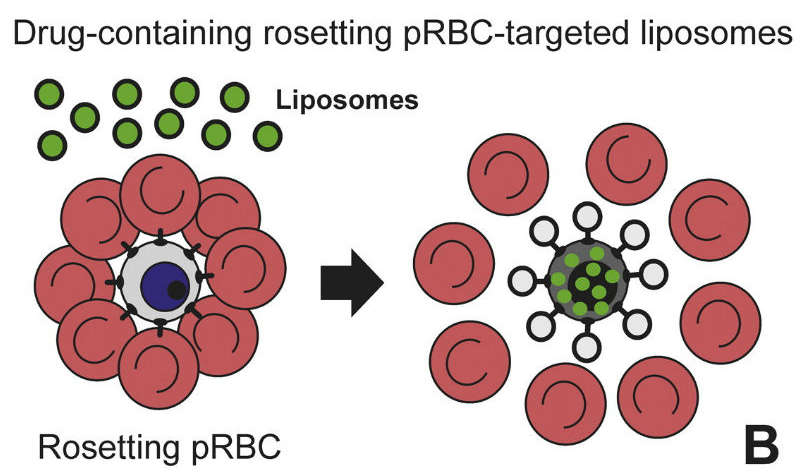
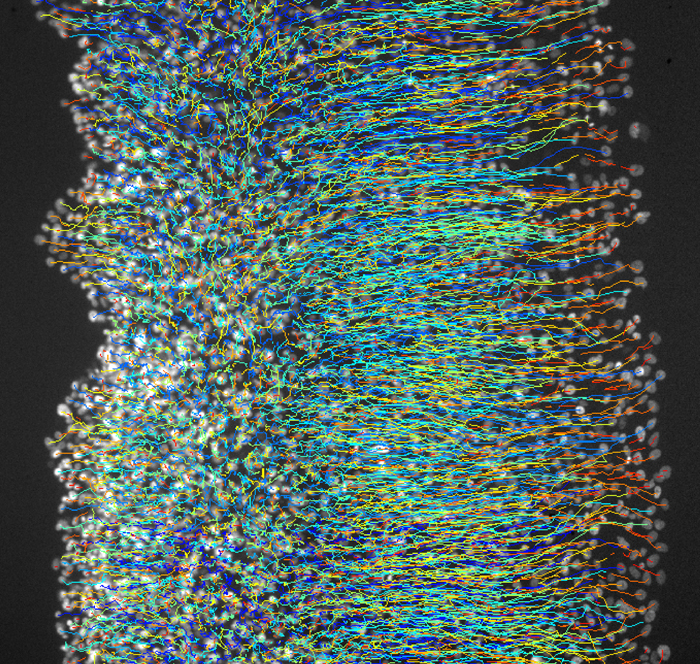
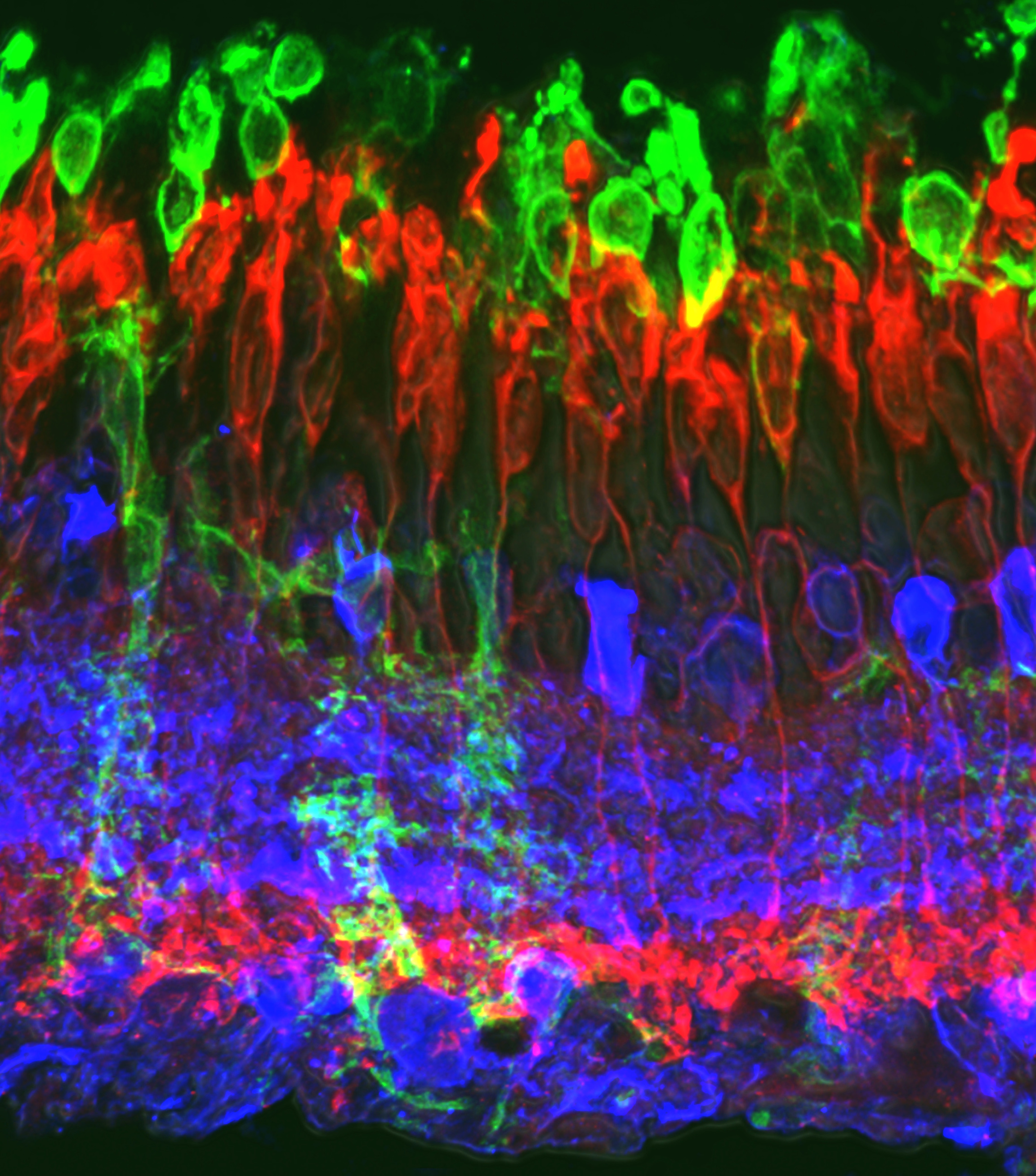
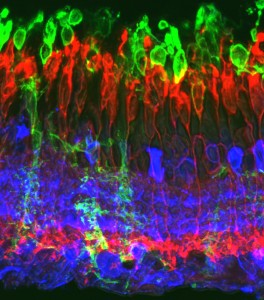
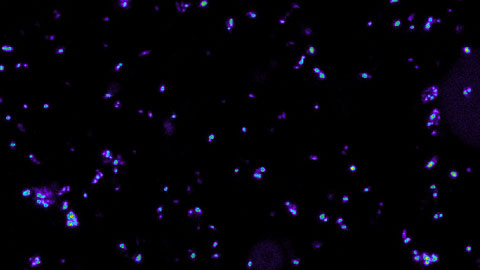


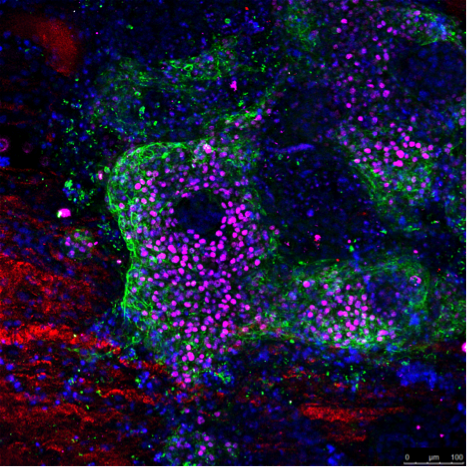
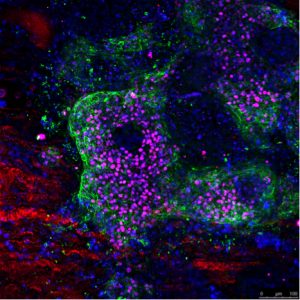 Scientists from IBEC, in collaboration with the Hospital General Universitario Gregorio Marañón in Spain and two other groups in the USA, have made a big leap in heart regeneration advances by achieving heart grafts from human pluripotent stem cells for the first time in less than one month.
Scientists from IBEC, in collaboration with the Hospital General Universitario Gregorio Marañón in Spain and two other groups in the USA, have made a big leap in heart regeneration advances by achieving heart grafts from human pluripotent stem cells for the first time in less than one month.
